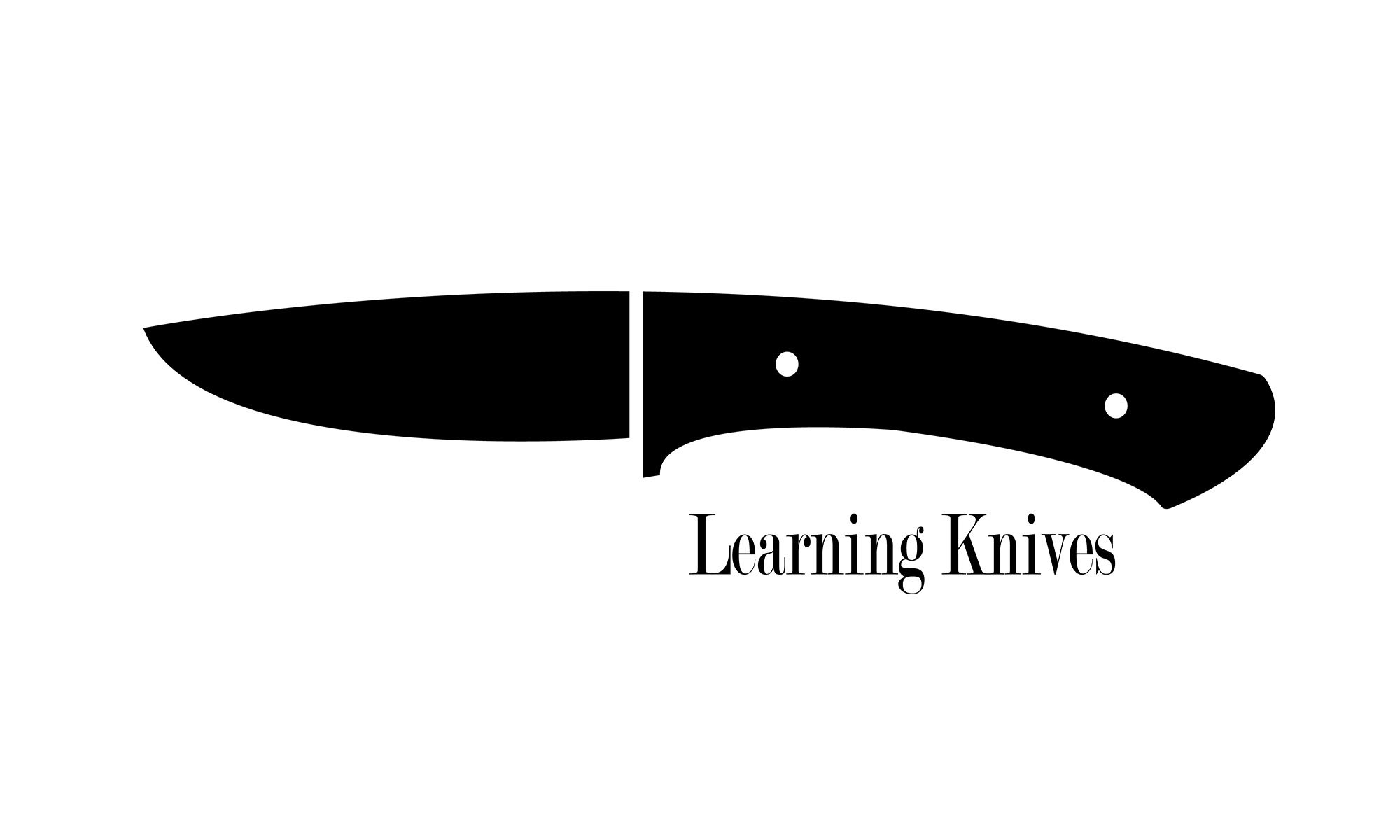Beveling comes before heat treatment and after roughing out the blade. It is The second most technical part of knife making following heat treatment. Putting bevels on your knife takes practice and a lot of skill. Not to worry though, these things will come in time. The main focus is getting in there and trying. A belt grinder/sander or disc grinder would help on saving time but are not required. I’ll focus on files for this article but this advice can be applied to belt grinders/sanders as well. Speaking of files you can nab one at a local hardware store for as little as $10.
First we need to find our center line. Assuming you know the thickness of your knife this should be fairly simple. So if you have a 1/8″ thick steel, grab a 1/8″ thick drill bit. Then to find the center line take the drill bit of the same diameter of the steel, laying it up to the knife (do this on a flat surface), scribe a line. Once we have all this set up it’s time to file.
pro-tip, use a black Sharpie down the edge where you are scribing your line so it will be easier to see.
Next let’s look at the plunge line. The plunge line is the place from where the stock drops to the bevel. This can be where ever you choose. Pro-tip, place your thumb up to where you want the plunge line to and file using your thumb as a stop. Do this for a couple of passes then start filing throughout the knife. This will make it easier to maintain a nice straight plunge line.
So you have your knife roughed out and you don’t hate it. Now comes the fun part actually making it functional. When making a bevel all were looking for is angle. The angle you file depends on how high you want your bevel to go up. The higher the bevel the sharper the knife. However, it will not be as sturdy. A bevel that stops lower on the knife won’t be as sharp but can with stand a lot of abuse. So think about how the knife will primarily be used. Outdoors? Probably shouldn’t take the bevel but about halfway up the knife. In the kitchen? Take the bevel to the spine. For your first few knives I suggest just getting file to steel. So pick an angle and file until you get the center line from your plunge line to the tip of the blade.
Pro-tip, when you get close to the center line, leave it a little thick. Thin but thick. If you file it down to a point it will warp during heat treatment.
The great thing about file is you have ultimate control. Pay attention to where the bevel stops when you get close to the center line and you if you have any waves in the bevel then you can apply pressure to the problem areas. Later, when you develop more skill in this area, there are techniques you can use to clean up the bevel more. Until then love it for what it is. It’s not an easy process and accomplishing this is very satisfying.
